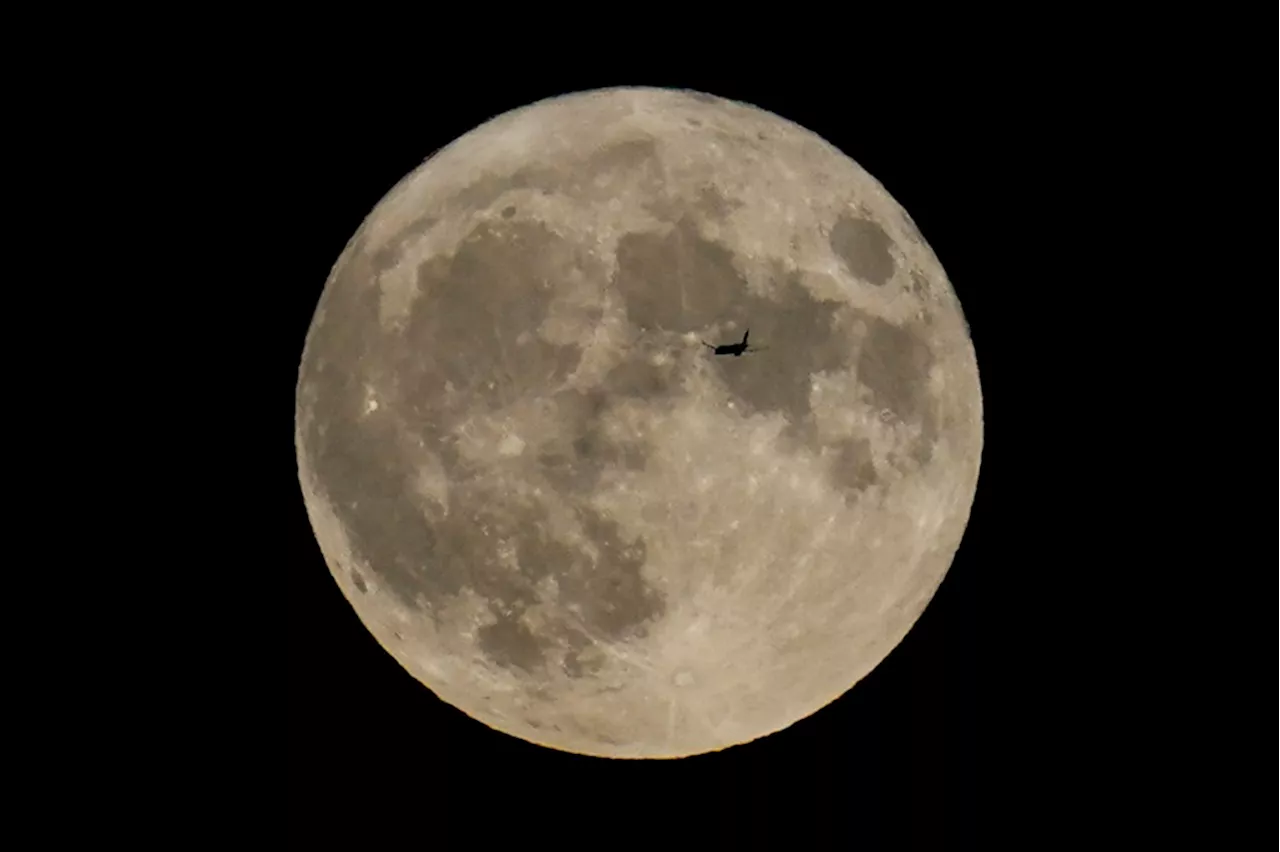Most of the pits seem to be located in the moon’s ancient lava plains, according to the scientists. There also could be some at the moon’s south pole, the planned location of NASA’…
Scientists have confirmed a cave on the moon, not far from where Neil Armstrong and Buzz Aldrin landed 55 years ago this week, and suspect there are hundreds more that could house future astronauts.CAPE CANAVERAL, Fla. — Scientists have confirmed a cave on the moon, not far from where Neil Armstrong and Buzz Aldrin landed 55 years ago, and suspect there are hundreds more that could house future astronauts.
Researchers analyzed radar measurements by NASA’s Lunar Reconnaissance Orbiter, and compared the results with lava tubes on Earth. Their findings appeared in the journal Nature Astronomy. Most of the pits seem to be located in the moon’s ancient lava plains, according to the scientists. There also could be some at the moon’s south pole, the planned location of NASA’s astronaut landings later this decade. Permanently shadowed craters there are believed to hold frozen water that could provide drinking water and rocket fuel.
United States Latest News, United States Headlines
Similar News:You can also read news stories similar to this one that we have collected from other news sources.
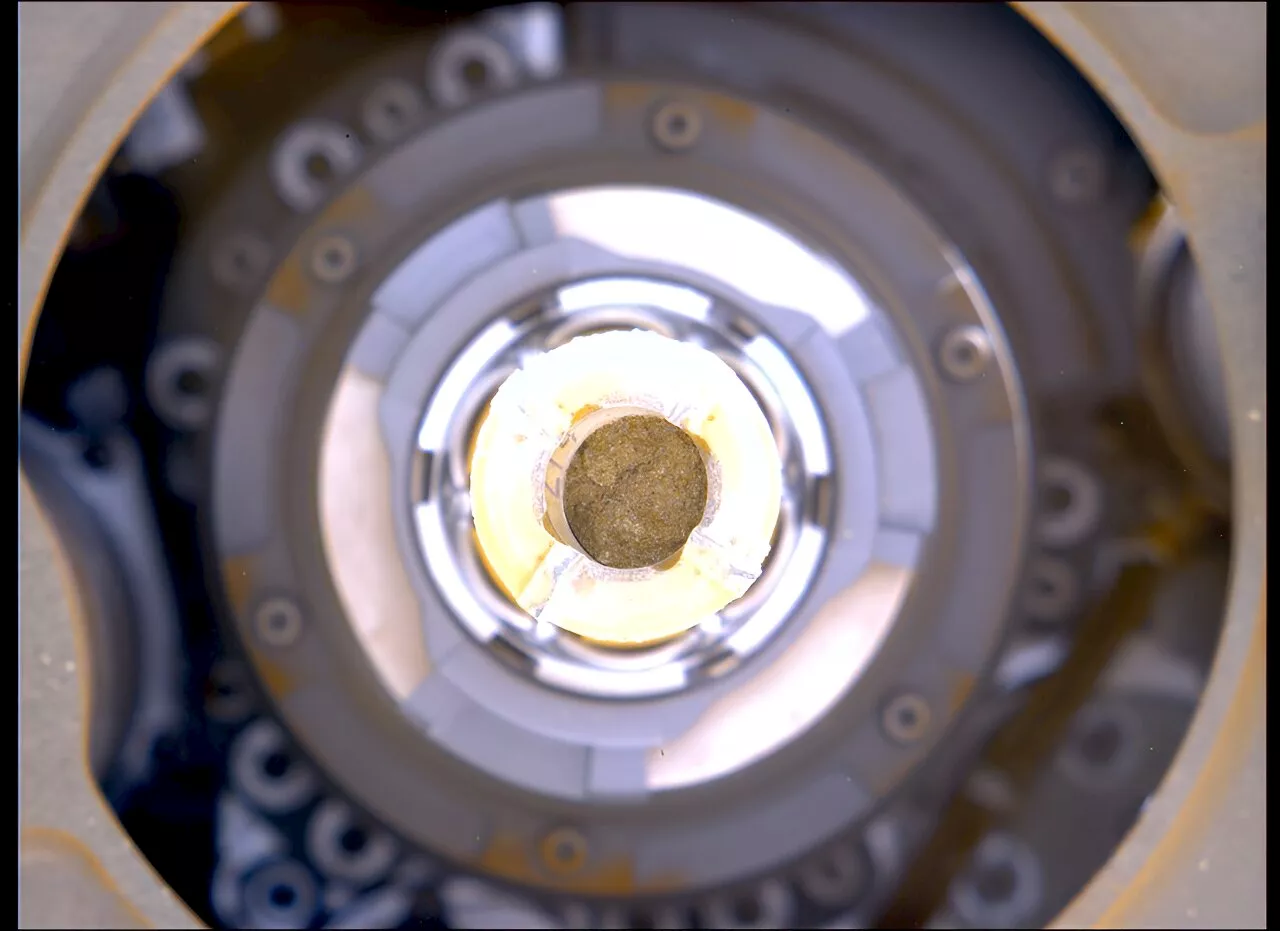 Why scientists are intrigued by air in NASA's Mars sample tubesAtmospheric scientists get a little more excited with every rock core NASA's Perseverance Mars rover seals in its titanium sample tubes, which are being gathered for eventual delivery to Earth as part of the Mars Sample Return campaign. Twenty-four have been taken so far.
Why scientists are intrigued by air in NASA's Mars sample tubesAtmospheric scientists get a little more excited with every rock core NASA's Perseverance Mars rover seals in its titanium sample tubes, which are being gathered for eventual delivery to Earth as part of the Mars Sample Return campaign. Twenty-four have been taken so far.
Read more »
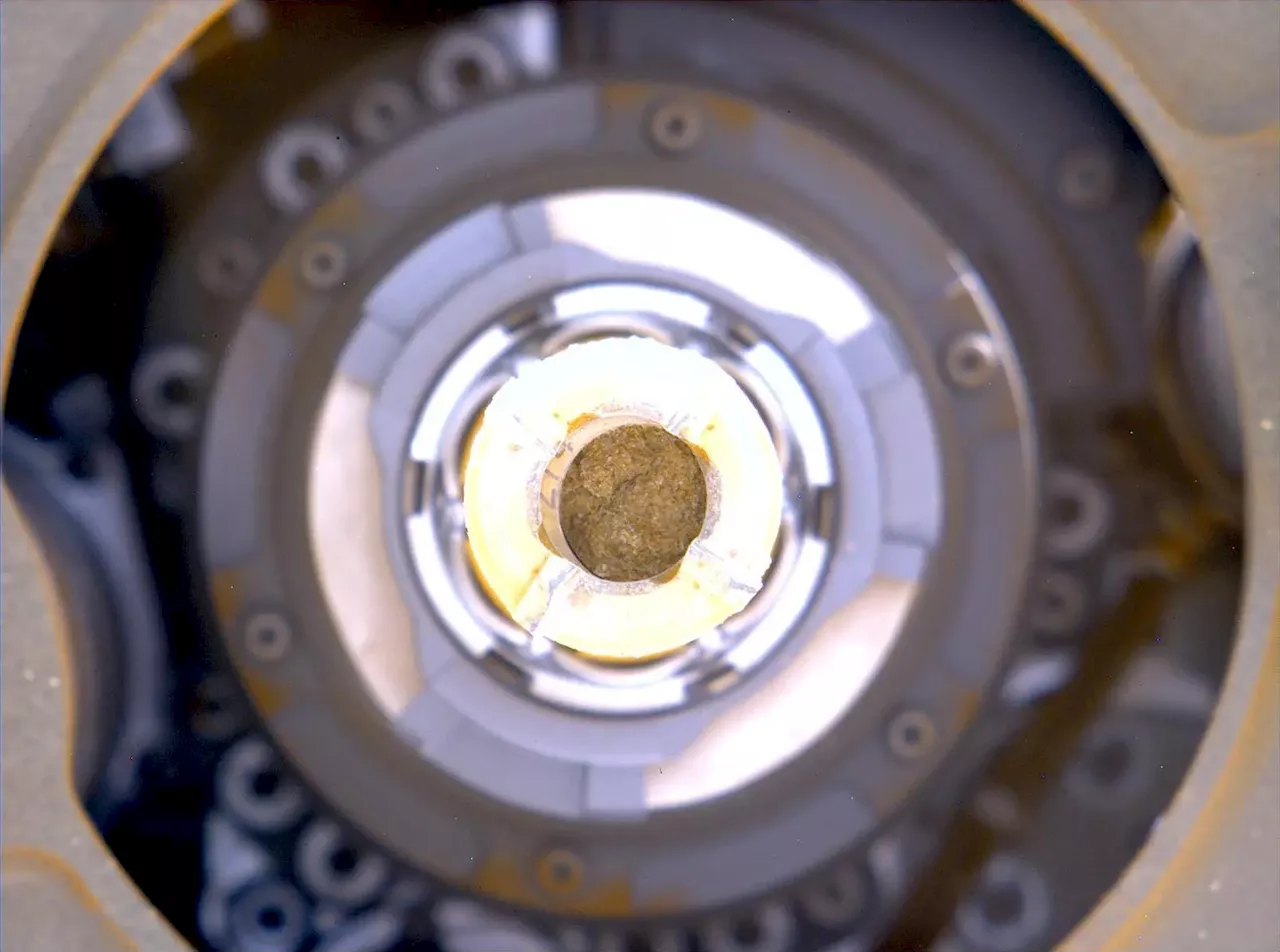 Atmospheric Time Capsules: Why Scientists Are Intrigued by Air in NASA’s Mars Sample TubesScience, Space and Technology News 2024
Atmospheric Time Capsules: Why Scientists Are Intrigued by Air in NASA’s Mars Sample TubesScience, Space and Technology News 2024
Read more »
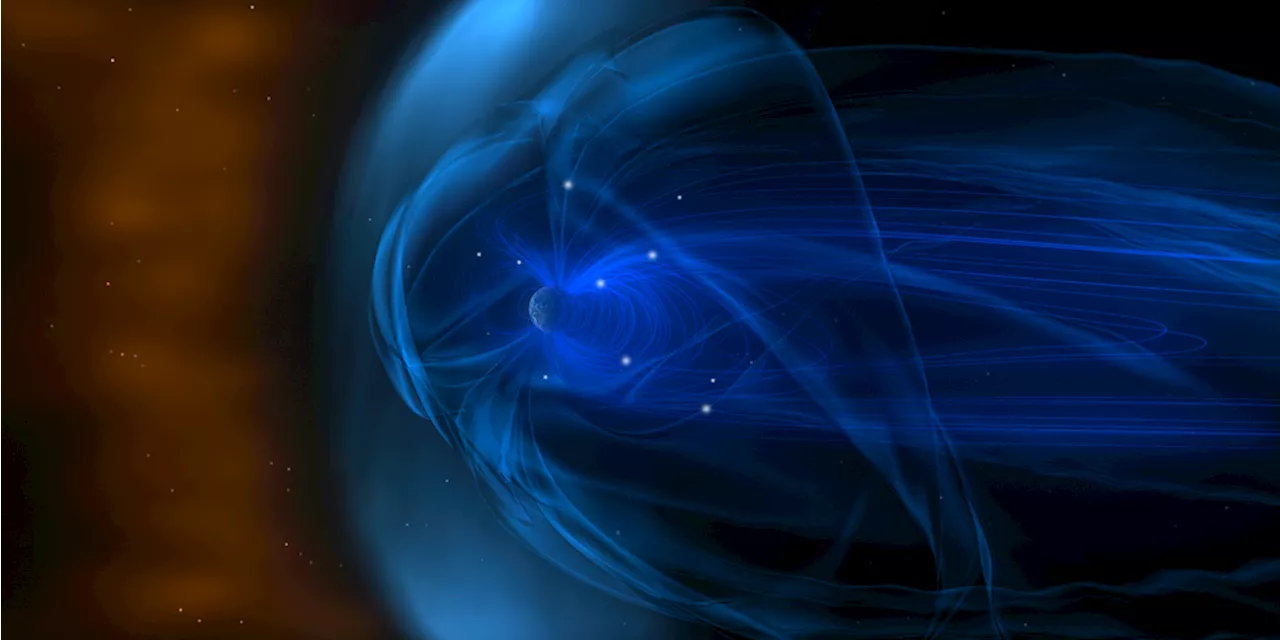 NASA Innovative Advanced ConceptsThe NASA Innovative Advanced Concepts (NIAC) Program nurtures visionary ideas that could transform future NASA missions.
NASA Innovative Advanced ConceptsThe NASA Innovative Advanced Concepts (NIAC) Program nurtures visionary ideas that could transform future NASA missions.
Read more »
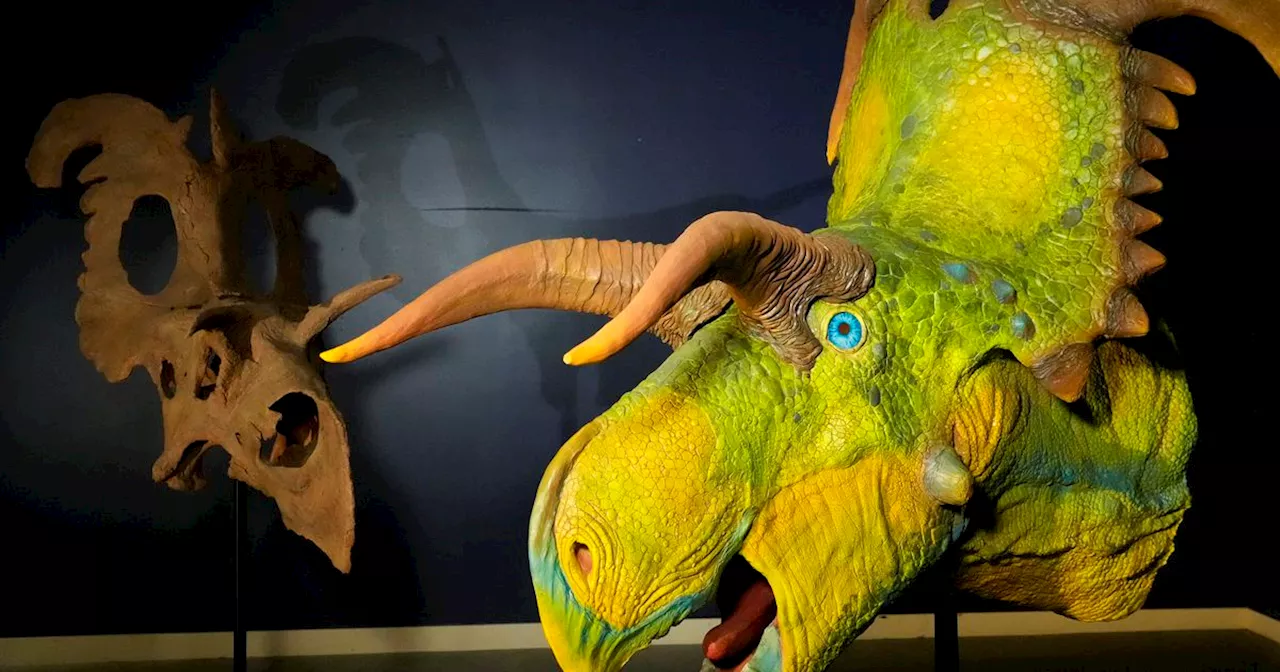 A new horned dinosaur, going on display in Utah, is altering how scientists think about evolutionA new species of dinosaur will be unveiled at the Natural History Museum of Utah. The discovery marks a breakthrough in scientists' understanding of evolution, providing evidence that evolution occurred at a higher rate for horned dinosaurs in the region.
A new horned dinosaur, going on display in Utah, is altering how scientists think about evolutionA new species of dinosaur will be unveiled at the Natural History Museum of Utah. The discovery marks a breakthrough in scientists' understanding of evolution, providing evidence that evolution occurred at a higher rate for horned dinosaurs in the region.
Read more »
 Why some scientists think extreme heat could be behind people disappearing in GreeceAs climate change fuels longer and more severe heat waves, scientists are trying to unravel the impacts of extreme heat on the body, and in particular the brain.
Why some scientists think extreme heat could be behind people disappearing in GreeceAs climate change fuels longer and more severe heat waves, scientists are trying to unravel the impacts of extreme heat on the body, and in particular the brain.
Read more »
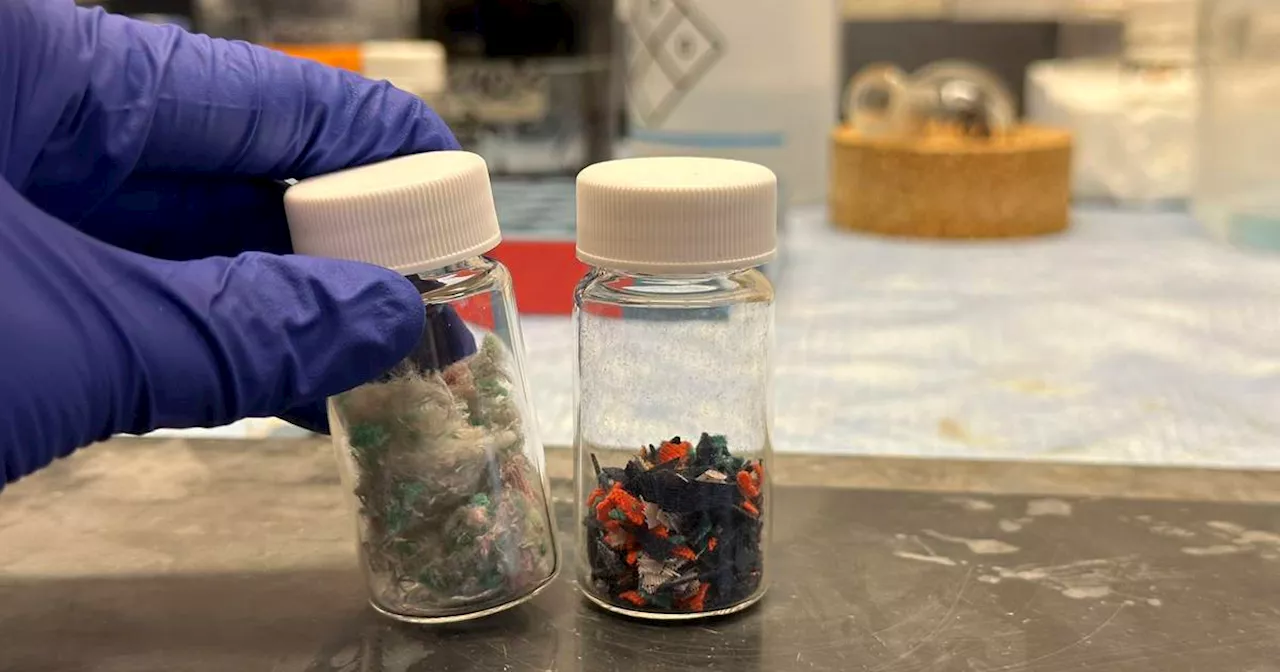 Why scientists think they may finally have found a way to recycle clothesIt’s almost impossible to turn old threads into new clothes, but scientists are working to change that.
Why scientists think they may finally have found a way to recycle clothesIt’s almost impossible to turn old threads into new clothes, but scientists are working to change that.
Read more »
